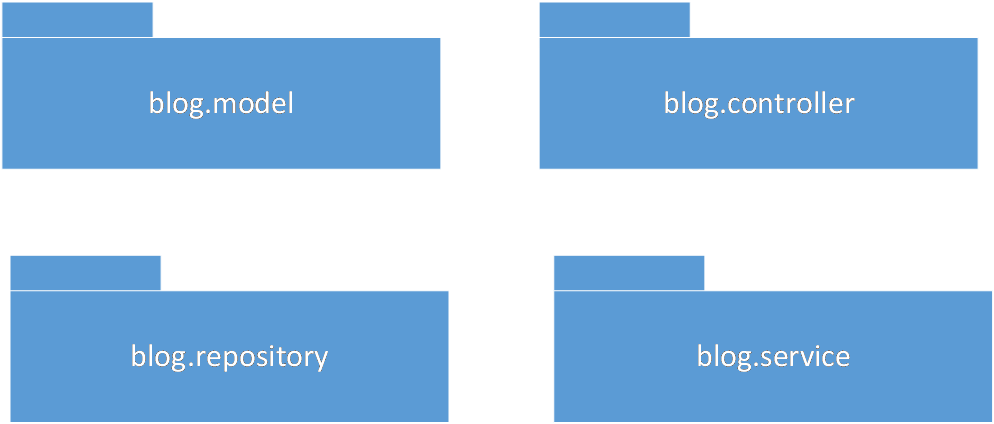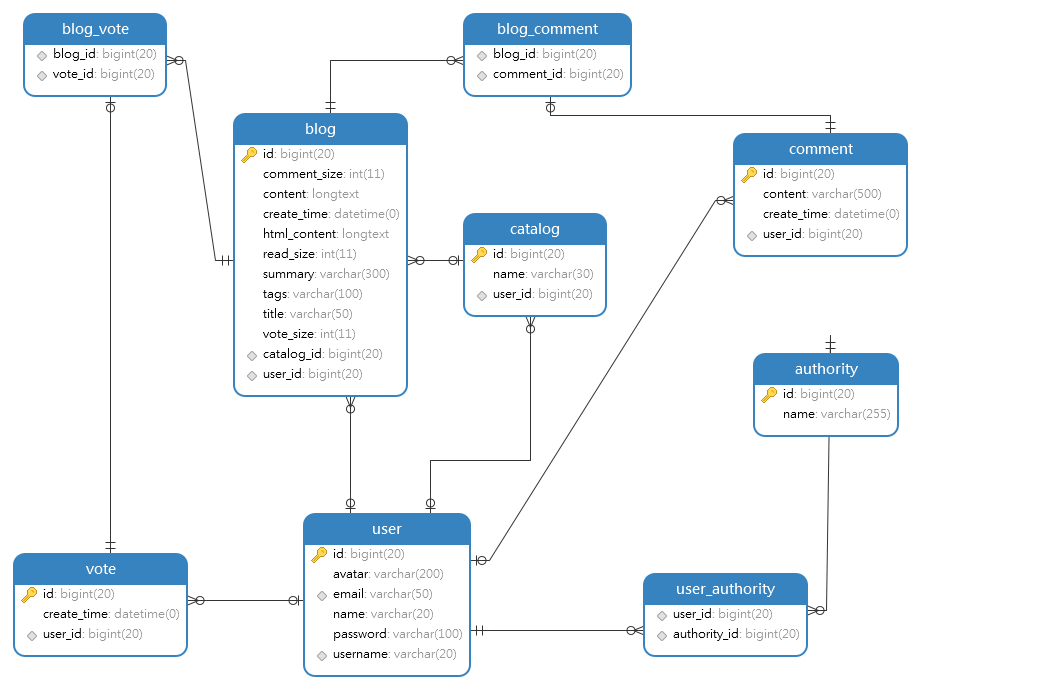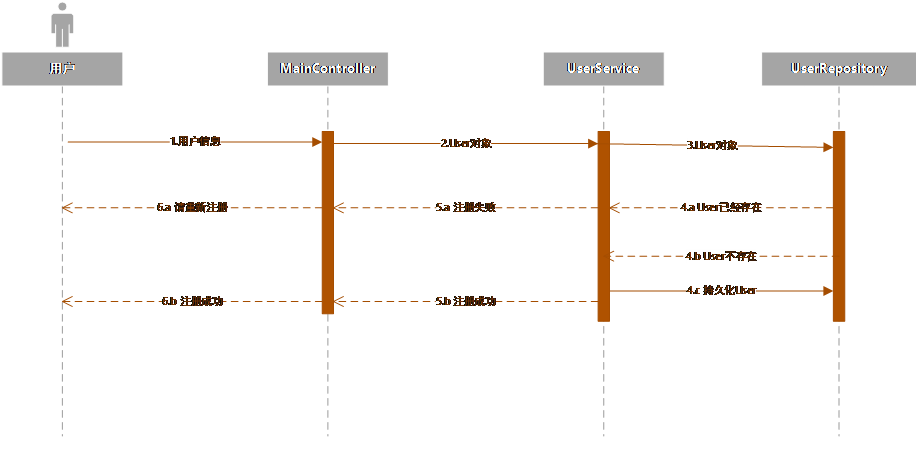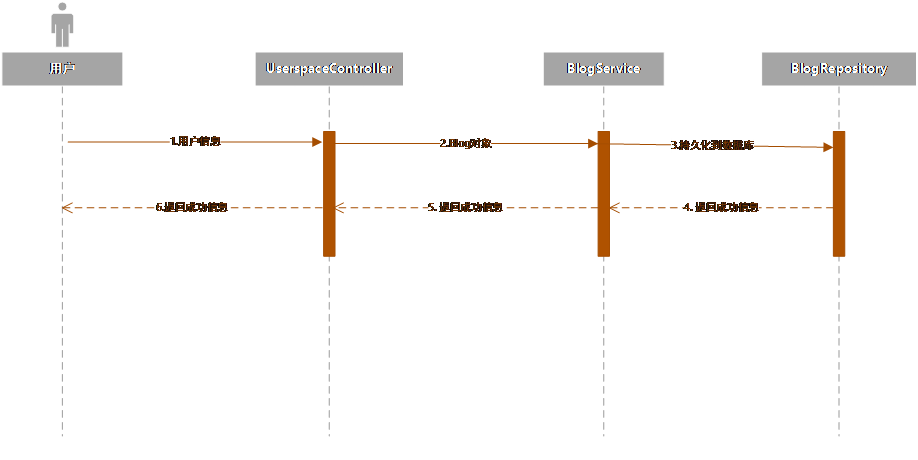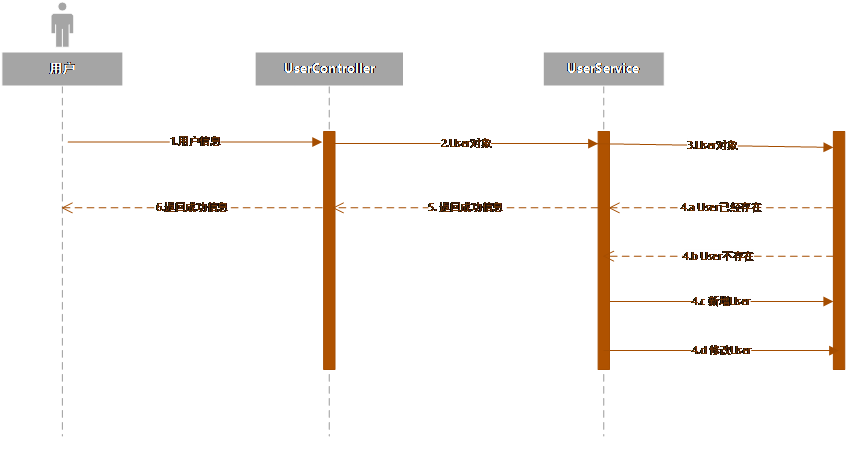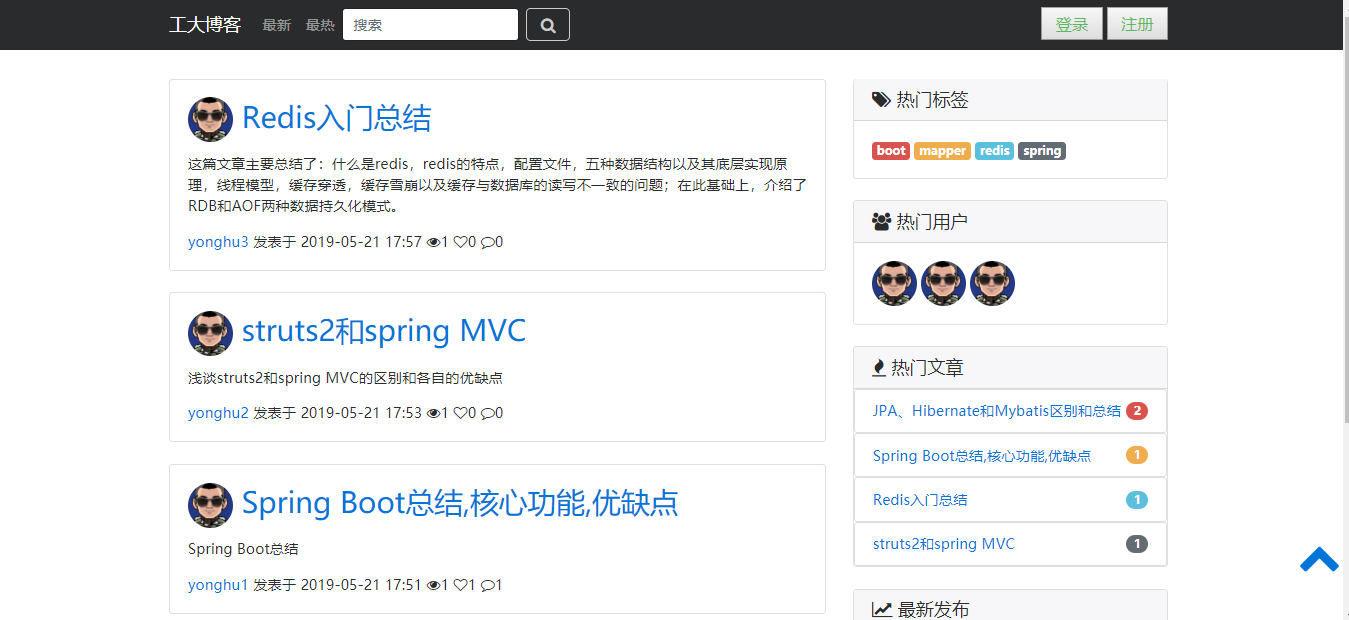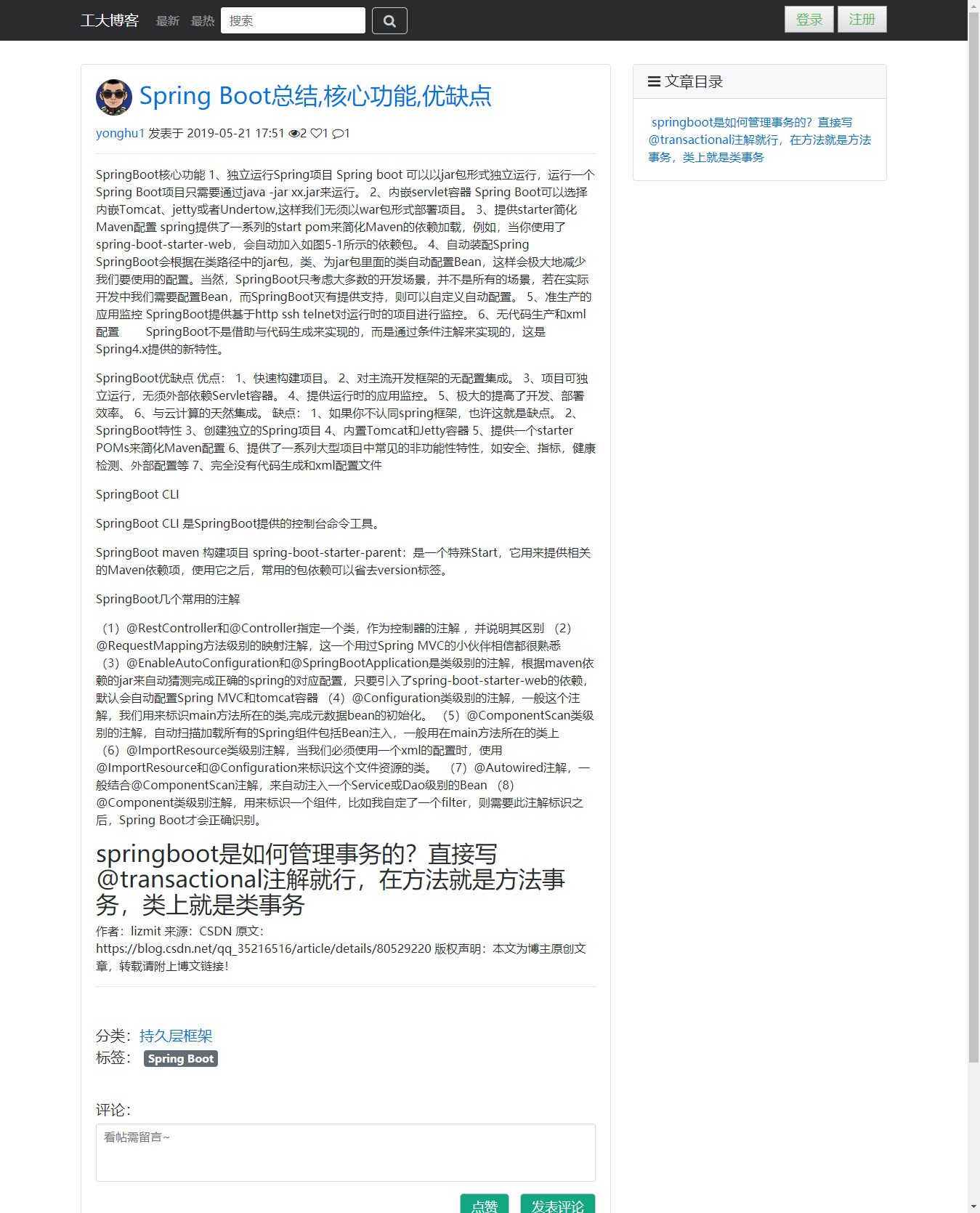基于JAVA的博客网站开发毕业论文
2020-04-21 17:04:42
摘 要
博客是一个以网络为载体、内容丰富多彩的综合性平台,用户随心所欲的发表自己的感想。同时,博客也是网络上继论坛、邮箱和即时聊天工具之后的第四种交流方式。随着互联网的发展进步、世界网民不断增加,越来越多的人开始使用博客。博客也被看做一种良好的学习交流工具,深受网民的喜爱。
本设计研究的主要目的是开发一个成熟的博客网站,并寻找出一种既稳定高效、又安全可靠、还具有优良的跨平台性和可移植性的开发方法来用于开发管理信息系统。
网站采用基于当下常用的三层体系结构,分别是最上层用于展示信息的表示层、中层用于实现功能、处理业务逻辑的业务逻辑层和处于最下层用来交互数据库的持久层。设计中遵循MVC设计模式,采用Spring Boot开发框架实现博客网站的三层体系结构,使得项目的结构更加清晰,各层的功能更为明确,并降低了模块与模块之间的耦合性。实践可以证明,采用Spring Boot框架功能扩展更容易和后期维护更省事。与此同时,应用Spring Boot开发框架也使得开发者能够摆脱冗杂的配置文件,大大提高了开发的效率。
关键词:J2EE;MVC 模式;Spring Boot;博客
JAVA-based blog website development
Abstract
Blog is a comprehensive platform with network as the carrier and rich content, users can express their feelings as they please. At the same time, blogs are the fourth way to communicate on the web following forums, emails and instant messengers. With the continuous growth of the Internet and the growing number of Internet users, more and more people are using blogs. Blogs are also seen as a good learning communication tool and are very popular among netizens.
The main purpose of this design study is to develop a mature blog site and find a development method that is stable, efficient, secure, and also has excellent cross-platform and portability for developing management information systems.
The website adopts a three-tier architecture based on the current one, which is the upper layer for the presentation layer of information, the middle layer for implementing functions, the business logic layer for processing business logic, and the persistence layer for the interactive database at the lowest level. The design follows the MVC design pattern, and uses the Spring Boot development framework to implement the three-tier architecture of the blog site, making the structure of the project clearer, the functions of each layer more clear, and reducing the coupling between modules and modules. Practice can prove that the Spring Boot framework feature extension is easier and later maintenance is more trouble-free. At the same time, the application of the Spring Boot development framework also enables developers to get rid of the cumbersome configuration files, greatly improving the efficiency of development.
Keywords: J2EE architecture; MVC pattern; Spring Boot; blog
目录
摘 要 2
Abstract 3
第一章 绪论 6
1.1 项目背景 6
1.2 项目概述 6
1.3 文献综述 7
1.4 研究内容与研究路线图 9
1.4.1 研究内容 9
1.4.2 研究路线图 9
第二章 系统分析 11
2.1 需求分析 11
2.1.1 功能需求 11
2.1.2 性能需求 12
2.2 可行性分析 12
2.2.1 成本可行性分析 12
2.2.2 技术可行性分析 13
第三章 总体设计 14
3.1 系统总体结构 14
3.2 系统模块划分 15
3.3 系统总体流程 15
第四章 系统详细设计 17
4.1 设计目标 17
4.2 开发及运行环境 17
4.3 数据库设计 18
4.3.1 数据库关系图 18
4.3.2 数据库表信息 19
4.4 系统模块设计 21
4.4.1 用户信息模块 21
4.4.2 博客管理模块 21
4.4.3:后台控制模块 22
4.5 详细模块设置 22
4.5.1 系统静态模型 22
4.5.2 系统动态模型 25
第五章 系统核心代码设计 28
5.1 部分功能代码实现 28
5.1.1 用户注册 28
5.1.2 上传博客 29
5.2 界面设计: 31
5.2.1 theamleaf模板 31
5.2.2 Ajax上传 32
第六章 网站运行及评价 34
6.1 系统运行情况 34
6.2 系统优缺点: 39
6.3系统优化方案 40
结束语 42
参考文献 43
致 谢 44
第一章 绪论
1.1 项目背景
可以毫不夸张的说,互联网的产生,极大的改善了人们的生活水并提高了人们的工作效率。[1]博客网站也就是在此种环境下应运而生,随着在线博客分享网站的出现并且快速发展,它在一定程度上促使了人们积极地参与网络之中。在这个分享网站中,主要把用户自己的信息完全展示在互联网页面上,使人与人之间的交流变得更加简单和快捷,同时可以在线分享信息,并进行互动,使人们的社交变的零距离。
博客网站专注于发表一些言论,譬如说发表一些社会热点和自己心情的语句,这样可以达到资源共享的目的,记录本人生活的一点一滴,并督促自己创作一些优美的文章共享在网络上[2]。
博客网站也含有一定的交互性,比如说博主发表文章后,浏览到该文章的游客可以进行评价并发表自己的一些观点,和博主进行进一步的互动和交流。现在很多有写作情怀的人希望通过博客这样的平台来发表自己的文章并且和志同道合的人进行交流。
博客网站不仅可以发表一些文字和互动性操作,同时它也可以将文字、链接、影音和图片连接到一起,因此它也是一个个性化的网络世界。
相关图片展示:
